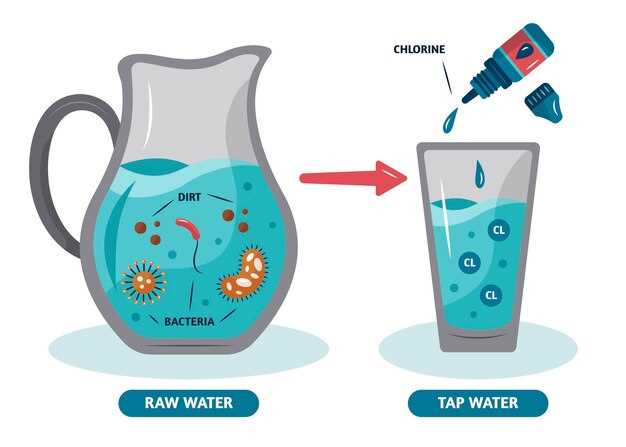
Levothyroxine sodium and thyroxine sodium are two commonly used medications for treating hypothyroidism.
Levothyroxine sodium is a synthetic form of the thyroid hormone thyroxine, while thyroxine sodium is the chemical name for the natural hormone produced by the thyroid gland.
While both medications are used to treat the same condition, they have some differences in terms of potency, bioavailability, and side effects.
Chemical composition and structure
Levothyroxine sodium and thyroxine sodium are both synthetic forms of the thyroid hormone thyroxine (T4). The chemical composition of levothyroxine sodium is C15H10I4NNaO4, while thyroxine sodium has the chemical formula C15H11I4NNaO4. Both medications have similar molecular structures and act as replacements for the natural thyroid hormone produced by the body.
Pharmacokinetics
- Levothyroxine sodium is absorbed in the gastrointestinal tract and reaches peak plasma levels within 5-6 hours.
- Thyroxine sodium has a slower absorption rate compared to levothyroxine, with peak plasma levels reached in about 6-8 hours.
- Both medications are metabolized in the liver and excreted in the urine as inactive metabolites.
Pharmacokinetics and metabolism

Levothyroxine sodium and thyroxine sodium are both synthetic forms of the thyroid hormone thyroxine (T4). Once administered, levothyroxine sodium is absorbed in the gastrointestinal tract and converted to the active form of triiodothyronine (T3) by the liver and kidney. Thyroxine sodium undergoes a similar process of conversion to T3 before exerting its effects on various tissues in the body.
Metabolism:

The metabolism of both levothyroxine sodium and thyroxine sodium primarily occurs in the liver, where they undergo deiodination to T3 and T4 sulfate conjugation before being excreted in the bile and feces. The metabolism of these synthetic hormones is tightly regulated by feedback mechanisms involving the hypothalamus, pituitary gland, and thyroid gland to maintain hormonal balance in the body.
It is important to note that individual variations in metabolism may occur, influencing the efficacy and dosage requirements of levothyroxine sodium and thyroxine sodium in patients.
Therapeutic indications and dosage
Levothyroxine sodium and Thyroxine sodium are both commonly used to treat hypothyroidism. Levothyroxine sodium is the synthetic form of the thyroid hormone thyroxine, while Thyroxine sodium is a natural thyroid hormone. They are often prescribed to replace or supplement the thyroid hormones that your thyroid gland is not producing enough of.
Levothyroxine Sodium
| Indications | Dosage |
|---|---|
| Primary Hypothyroidism | The usual initial dose is 50-100 mcg per day, with adjustments in 25-50 mcg increments. Dosage may vary based on individual response and laboratory findings. |
| TSH Suppression in Thyroid Cancer | Doses to suppress TSH levels should be individualized based on patient response and clinical need. |
Thyroxine Sodium
| Indications | Dosage |
|---|---|
| Replacement Therapy in Hypothyroidism | The usual starting dose is 25-50 mcg per day, with gradual increments every 2-4 weeks. Dosage adjustments should be based on clinical and laboratory response. |
It is important to follow your healthcare provider’s instructions regarding the dosage and administration of levothyroxine sodium or Thyroxine sodium to achieve optimal therapeutic outcomes and minimize the risk of side effects.
Side effects and adverse reactions
Levothyroxine and thyroxine sodium may cause various side effects and adverse reactions due to their action on the body’s metabolism and thyroid function. Common side effects include:
| Side Effect | Levothyroxine Sodium | Thyroxine Sodium |
|---|---|---|
| Heart palpitations | Yes | Yes |
| Weight loss | Yes | Yes |
| Nervousness | Yes | Yes |
| Headache | Yes | Yes |
| Insomnia | Yes | Yes |
It is important to monitor for these side effects and consult a healthcare provider if they persist or worsen. Rare but serious adverse reactions may include cardiac arrhythmias, hyperthyroidism symptoms, and allergic reactions.
Cost comparison and availability
Levothyroxine Sodium (Brand name: Synthroid):
Cost: Levothyroxine sodium is available in various brands with Synthroid being one of the most popular. The cost of Synthroid can vary depending on the dosage and quantity prescribed. It is generally considered a more expensive option compared to generic levothyroxine.
Availability: Synthroid is widely available in pharmacies and can be easily obtained with a prescription from a healthcare provider. It is a commonly prescribed medication for treating hypothyroidism and is often the preferred choice for many patients.
Thyroxine Sodium (Generic):
Cost: Generic thyroxine sodium is generally more affordable than brand-name options like Synthroid. The cost can vary based on the manufacturer and dosage strength, but it is typically a cost-effective alternative for many patients.
Availability: Generic thyroxine sodium is widely available in pharmacies and is commonly prescribed for patients with hypothyroidism. It is a reliable and accessible option for those looking for a budget-friendly alternative to brand-name medications.
